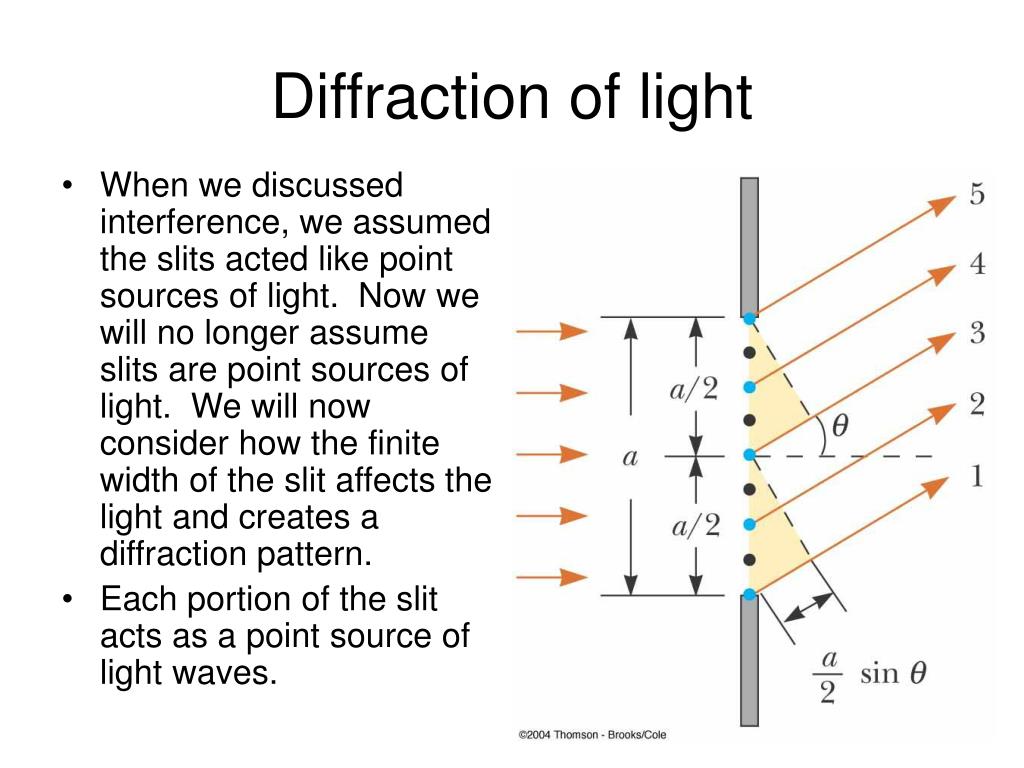

If the light is not monochromatic, the direction of the diffracted beams will depend on the wavelength. This beam is often referred to as the central maximum. (A similar effect takes place if light is reflected from a reflecting grating.) The beam formed by the combination of diffracted waves from a number of openings in a transmission grating forms a wave front that travels in the same direction as the original light beam.
#Light diffraction sheet series
With a transmission type diffraction grating, light waves are diffracted as they pass through a series of equally spaced narrow openings. When light passes through a narrow opening, it is diffracted (spread out) like water waves passing through a narrow barrier. The spectrum, however, arises not from refraction but from the diffraction of the light transmitted or reflected by the narrow lines in the grating. Like a prism, a diffraction grating separates the colors in white light to produce a spectrum. Gratings with these small separations are obtained by using the regularly arranged rows of closely spaced ions found in the lattice structure of salt crystals. To diffract very short electromagnetic waves, such as x rays, the distance between the lines in the grating must be comparable to the distance between atoms. On the other hand, you can obtain inexpensive replica gratings reproduced on film with 13,400 lines per inch. Today, there are carefully ruled gratings that have as many as 100,000 lines per inch.

During the 1870s, Henry Rowland, a physics professor at Johns Hopkins University, developed a machine that used a fine diamond point to rule glass gratings with nearly 15,000 parallel lines per inch.


 0 kommentar(er)
0 kommentar(er)
